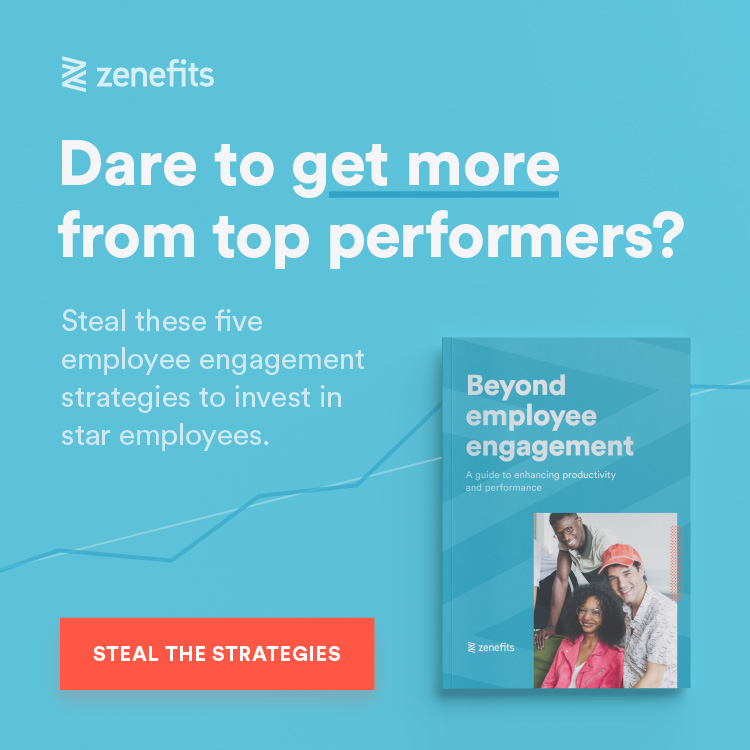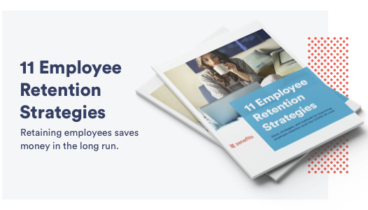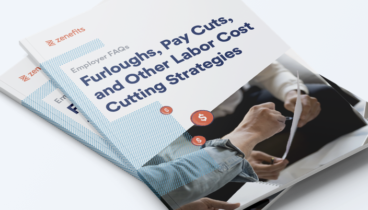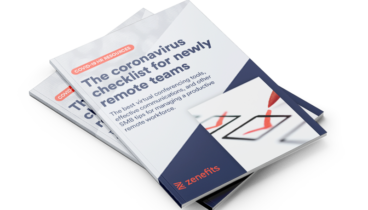Here’s a look into how personality tests can help you understand, explain, and predict behaviors and outcomes that are critical to your company.

Here's what you need to know:
-
Personality reflects the relatively stable patterns of emotional, thought, and behavioral tendencies that influence how individuals are likely to behave across a range of situations
-
Personality assessments can be a valuable addition to a range of organizational practices, procedures, and initiatives
-
One of the best and most comprehensive frameworks for assessing personality is the BIG 5. It’s based on these traits: openness to experience, conscientiousness, extraversion, agreeableness, and neuroticism
-
While insight into your employees’ personalities can prove useful, it’s important to note that the explanatory and predictive power of personality is subject to limitations
-
Although personality is relatively stable over time, it is possible to deliberately alter one’s personality for the better
Like most managers, you likely have a pretty good idea of the types of work-related behaviors you’d like to see more (and perhaps less) of among your employees. You might, for example, desire employees who are highly creative, willing to take risks, and eager to challenge others. Or perhaps you are looking for employees who are cautious and thoughtful, systematic, and receptive to feedback and constructive criticism. How would you go about ensuring your workforce has individuals who are likely to behave in such ways?
Absent a crystal ball or an all-seeing oracle, there are scientifically reliable ways to understand and predict the types of employee behavior you’re looking for. One of the most common ways is through an assessment of personality.
What is personality and why is it important?
Personality reflects the relatively stable patterns of emotional, thought, and behavioral tendencies that influence how individuals are likely to behave across a range of situations. For employees, personality is an important factor contributing to their career preferences and choices, attitudes and behaviors once employed, and their overall success at work. For managers, personality can influence their leadership effectiveness and can help predict how well they are able to motivate their employees.
Accordingly, personality assessments can be a valuable addition to a range of organizational practices, procedures, and initiatives. Examples include:
- Recruitment and selection
- Training and onboarding
- Executing change initiatives
- Determining team composition
- Leadership development
- Diagnosing motivation/performance issues
But before you go and start incorporating personality assessments into your business practices, it may be useful to understand which assessments best tap into personality and are most relevant to organizational outcomes. After all, the Myers–Briggs Type Indicator (MBTI), for example, continues to be a popular tool used by many organizations to measure personality, despite not being a scientifically valid instrument.
To help you get a sense of where to start, here’s a brief guide to one of the most relevant and scientifically valid personality frameworks available.
Before you go and start incorporating personality assessments into your business practices, it may be useful to understand which assessments best tap into personality and are most relevant to organizational outcomes.
5-factor model of personality (aka the BIG 5)
One of the best and most comprehensive frameworks for assessing personality is the BIG 5. Decades of academic research on personality has revealed that there are 5 primary and culturally generalizable traits on which individuals vary (known by the acronym, OCEAN):
- Openness to experience
- Conscientiousness
- Extraversion
- Agreeableness
- Neuroticism
Unlike personality frameworks that sort individuals into “types” (such as the MBTI), the BIG 5 accounts for the normal distribution of trait expression present in the population.
Here’s a brief description of each BIG 5 trait and the behaviors/outcomes they are likely to predict (you can find the scale here).
Openness to experience
Generally speaking, employees who score higher on openness can be valuable assets to organizations as they tend to be more creative in their role and work better in diverse teams relative to those who score lower on openness.
Openness reflects the degree to which an individual is imaginative, intellectually inquisitive, and willing to consider new ideas and perspectives. Individuals who score higher (as opposed to lower) on openness are less prone to dogmatic beliefs and opinions, more receptive to alternative perspectives, and willing to try new challenges and experiences. Generally speaking, employees who score higher on openness can be valuable assets to organizations as they tend to be more creative in their role and work better in diverse teams relative to those who score lower on openness.
Conscientiousness
This trait reflects the degree to which an individual has organizational skills and is responsible, dependable, and achievement-oriented. Out of all the BIG 5 traits, conscientiousness consistently predicts performance across a range of occupations. It is also a good predictor of leadership. This should come as no surprise, as those who have strong organizational and preparation skills are likely to have an easier time getting others to listen to them, look to them for guidance, and take their opinions seriously.
Although it’s almost always better to have employees who score high on conscientiousness, there can be some drawbacks to having highly conscientious employees. For example, research has found that due to their rigid information processing, conscientious individuals may underperform in situations that require flexible learning.
Extraversion/introversion
One of the more popular BIG 5 traits, extraversion reflects the degree to which an individual is energetic, outgoing, and socially dominant. It’s basically about how individuals draw their energy (from within oneself or from the broader social environment) as well as their sensitivity to stimulation (e.g., caffeine, audibly loud individuals). Although many assert that extraverts make better employees than introverts, both have their advantages depending on the situation at hand.
For example, whereas extroverts may be more willing to jump into the conversation and contribute (even if it’s a half-baked idea), introverts tend to listen more attentively and carefully consider their ideas before voicing them. One area where extroverts do seem to have the advantage, however, is in terms of leadership. The research is pretty clear: extraverts tend to be more likely to emerge into leadership roles and are more likely to be rated as effective leaders than their introverted counterparts.
Whereas extroverts may be more willing to jump into the conversation and contribute (even if it’s a half-baked idea), introverts tend to listen more attentively and carefully consider their ideas before voicing them.
Agreeableness
Do you consider yourself to be easygoing and trustful, or do you tend to be argumentative, opinionated, and somewhat distrustful of others? How you respond to this question reflects your degree of agreeableness, or the extent to which you are warm, trusting, affable, and cooperative. For the most part, organizations benefit when their employees are highly agreeable, as such individuals tend to have a good nature and be willing to go above and beyond in their role — such as helping others with their tasks when needed.
This study links agreeableness to organizational citizenship behavior (OCB), which is “considered behavior that benefits others, but is not a part of the employee’s job description.” However, there are situations where being too high on agreeableness can prove maladaptive, such as when a manager needs to make a touch decision that is going to be unpopular with his/her employees.
Neuroticism
The final BIG 5 trait is neuroticism — the inverse of emotional stability. Highly neurotic individuals are easily irritable, respond worse to stress, and are prone to anxiety. Emotionally stable individuals, on the other hand, tend to remain calm and collected, and less reactive to stressful situations. For the most part, neuroticism is a maladaptive trait for employees, as it is often associated with poor performance, perhaps due to a difficulty regulating their emotions and forming relationships. But this doesn’t mean highly neurotic individuals can’t succeed in the workplace. For instance, there is research showing that neurotic individuals may, at times, be able to leverage their anxiety and heightened stress levels to enhance their performance.
While insight into your employees’ personalities can prove useful, it’s important to note that the explanatory and predictive power of personality is subject to limitations. Most notably, although insight into a person’s personality can help predict how they may behave across situations, individuals are not always bound by their dispositional tendencies. In addition, although personality is relatively stable over time, it is possible to deliberately alter one’s personality for the better. Despite these limitations, personality tests can be a valuable tool to help you understand, explain, and predict behaviors and outcomes important to your organization.







